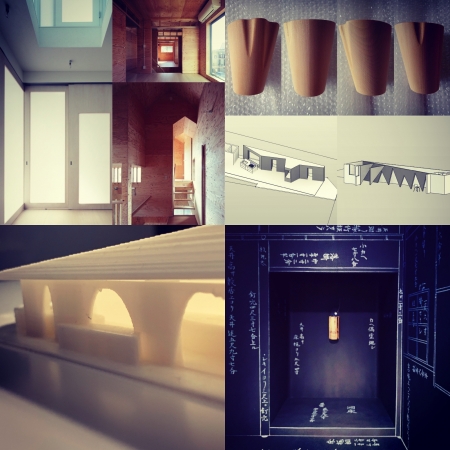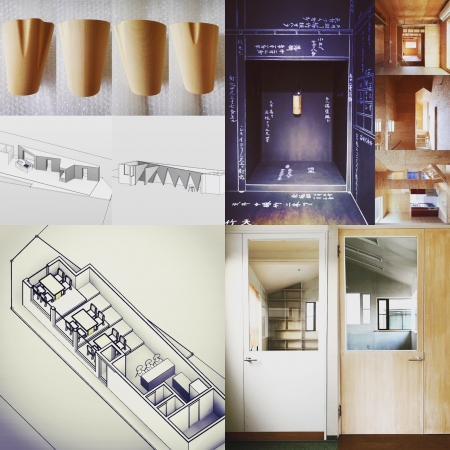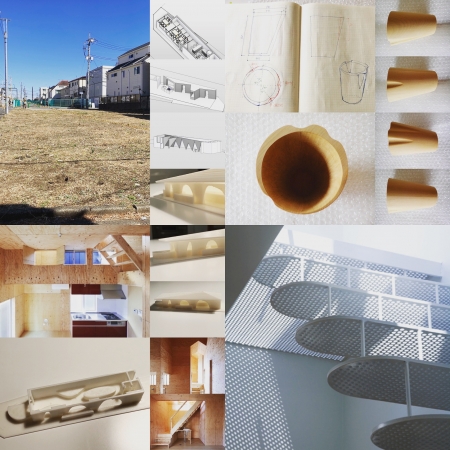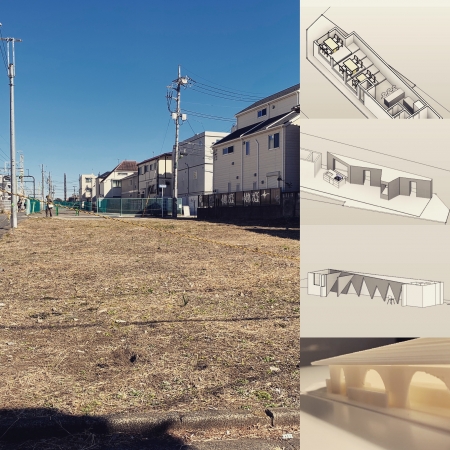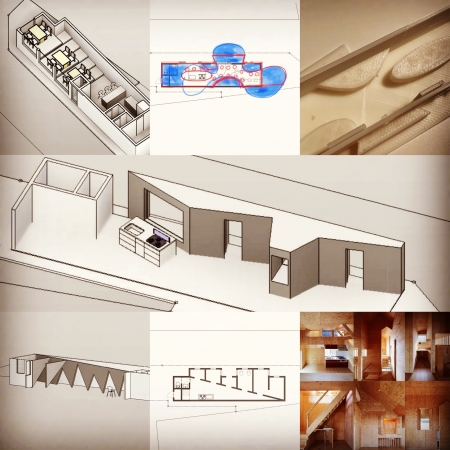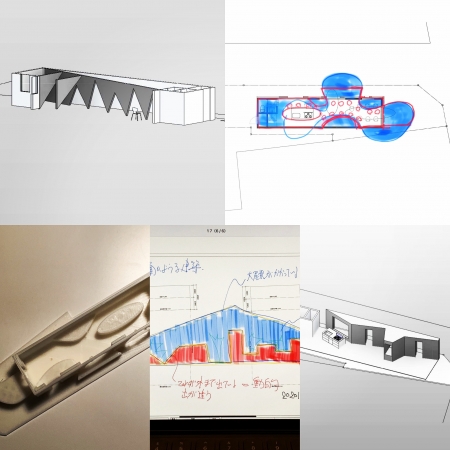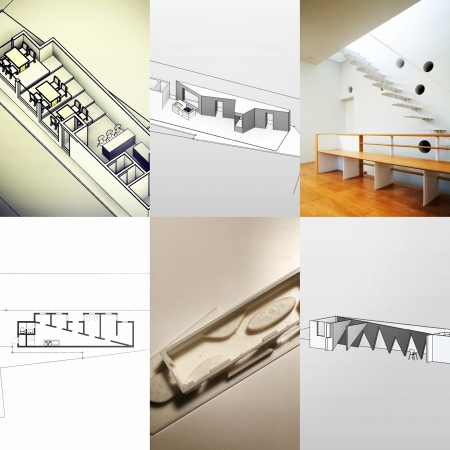建築を纏う
人と人が佇み繋がるだけでよければ建築はいらない。別に建築がなくてもコミニケーションは取れるし、そこにいていくらでも寛ぐことはできるし、楽しむことができる。
別に建築は空気のような存在で何でもよい状態がむしろ多いかもしれないが、建築を感じることなく、人と人をつなぐ存在として建築があるのが望ましい。
建築を感じることはないが、建築によってコミニケーションの質が変わるようなことを考えている。それは、人がそこにいる時に建築がどのように関わるかが問われることであり、大多数の建築はそれを考えているようで実は的外れの考えをしていることが多い。
人と建築が対峙してしまっており、それは建築を自分から離した対象物としてみているからで、同じ物でも身に纏うような、服のような見方ができれば、また違った建築空間の在り方があるだろう。
"Wearing architecture"
You don't need architecture if you just need to connect people. Communication can be taken even if there is no separate architecture, and you can relax and enjoy yourself as much as you want.
Apart from that, architecture may be like an air and may be in a state where anything is fine, but it is desirable that architecture exists as an entity that connects people without feeling it.
I don't feel the architecture, but I think that the quality of communication will change depending on the architecture. The question is how architecture is involved when people are there, and the vast majority of architecture seems to be thinking about it, and in fact it is often off the mark.
People and architecture are confronting each other, because we see architecture as an object away from ourselves, and if we can see the same thing as clothes, it will be a different way of building space. There will be.

